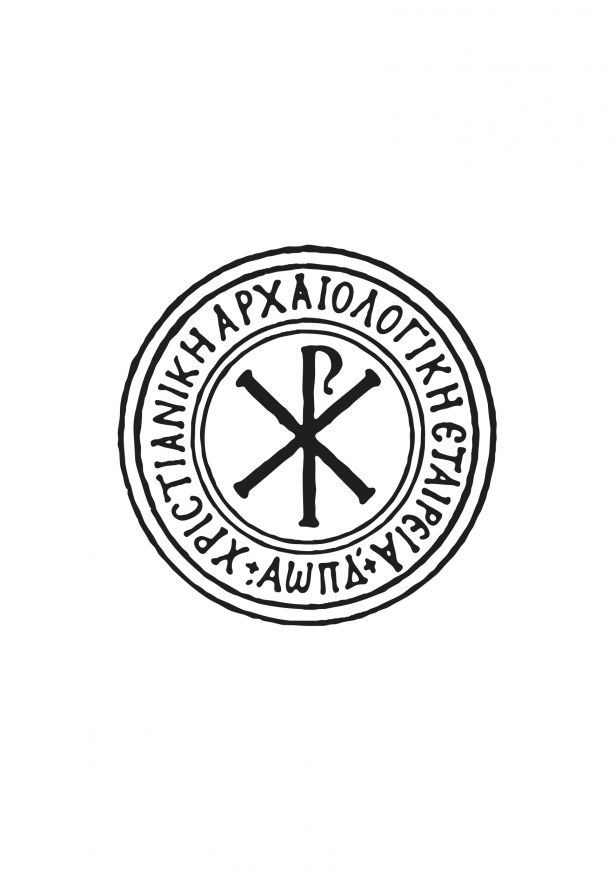Δεν διατίθεται περίληψη.
(EL)
In the foothills of Mount Parnassus is preserved a series of partly damaged frescoes dated by an inscription to 1332, in the small vaulted chapel of the Archangels in the village of Desphina. The iconographie program conforms in its general lines with the arrangement usual in this type of church : Gospel scenes on the vault, on the walls a zone with busts of martyrs above full-length figures of saints, while Christ Pantocrator occupies the position on the south wall next to the screen. The Archangels Michael and Gabriel, to whom the church is dedicated, are on the western part of the south wall, in frontal pose and holding between them a medallion with the bust of the Mother of God. This original representation derives from the iconography of the Congregation of the Angels, where however it is Christ who is represented in the medallion. The Gospel scenes are nine in all. The iconography in these scenes is rather conservative, following in many points the older types. However, innovations characteristic of the Palaeologan period are not lacking. For example, in the Nativity the portrayal of Joseph talking to the shepherd to illustrate the return of the shepherds to Bethléem (Luke 2, 15-18); in the Transfiguration the exaggerated postures of the disciples ; the large number of disciples in the Entry into Jerusalem and of Holy Women in the Crucifixion ; and the perspective treatment of the group of disciples, the Angel and the high landscape in the Ascension. With regard to style, the Gospel scenes bear witness to the impact of the developments of the Palaeologan renaissance ; notably in the lively movement and in the organic drapery treatment, in which broad high-lights delineate the limbs and emphasize their movement. This is specially marked in the Crucifixion and the Ascension. The modelling of the faces in the scenes is done either by a smooth transition from light to shade or by the juxtaposition of brush-strokes of light and dark tones, a technique used in many ways during the Palaeologan period reaching at times a bold impressionism. In addition, the high rocks of the landscapes have the sharp outlines of this period, though the characteristic spacial conception of landscape is less in evidence. As in earlier art, the figures dominate the compositions, while the setting is conventionally rendered. Furthermore, errors of proportion, a lack of grace and freedom in the rendering of movement as well as defects in the execution, betray a provincial character. On the other hand, the standing saints in the lower zone of the walls are close to the art of the great centres. They are works of a higher quality attributable perhaps to the leader of the group of painters employed. The faces are rendered in the meticulous classical manner descended from the art of the eleventh and twelfth century and renewed in the Palaeologan period : the emphatic lighting enhanced by the addition of bold white lines, together with accuracy and subtle shading in the features and the flesh of the faces attest a pre-occupation with plastic values. Furthermore a Greek perception of naturalism and beauty of feature, likethe more human expressions infuse the faces with something of Palaeologan humanism. These various connections, in both iconography and style, with the contemporary art of the great centres ( Constantinople, Macedonia, Mystra), without special dependence on any one of them, reveal the universal character of the developments in art during the Palaeologan period.
(EN)

